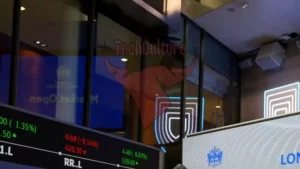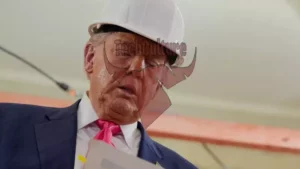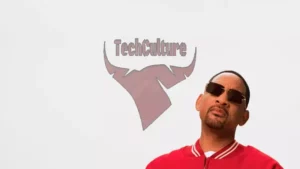In the fast-paced world of technology, innovation often takes center stage, captivating our imagination and promising a better future. However, not every endeavor is met with success. As we bid farewell to 2023, it is only fitting to reflect upon the year’s most notable technology failures. The Titan submersible, lab-grown chicken, and GM’s wayward Cruise robotaxis have all made our annual list of the worst in tech.
The Titan submersible, a highly anticipated deep-sea exploration vehicle, failed to live up to its promises. Designed to withstand extreme pressures and explore the depths of the ocean, the submersible encountered numerous technical issues, leaving scientists and enthusiasts disappointed. Despite the considerable investment and research, the Titan submersible proved that even the most ambitious projects can fall short of expectations.
Another blunder in the world of technology was the lab-grown chicken. With concerns about sustainability and animal welfare on the rise, scientists attempted to create a cruelty-free alternative to traditional poultry farming. However, the lab-grown chicken failed to replicate the taste and texture of its natural counterpart, leaving consumers unimpressed. This setback highlights the challenges of replicating complex biological processes in a laboratory setting.
Lastly, GM’s Cruise robotaxis experienced a tumultuous year, with multiple accidents and technical glitches. The promise of self-driving vehicles revolutionizing transportation seemed to be within reach, but the reality fell short. The incidents raised questions about the safety and reliability of autonomous vehicles, reminding us that the road to innovation is not without its obstacles.
As we reflect on these technological failures, it is important to remember that setbacks are an inherent part of progress. While these endeavors may not have met expectations, they serve as valuable learning experiences for future innovations. As we venture into the new year, it is crucial to embrace these failures as stepping stones towards a more successful and technologically advanced future.
Read more at MIT Technology Review“



